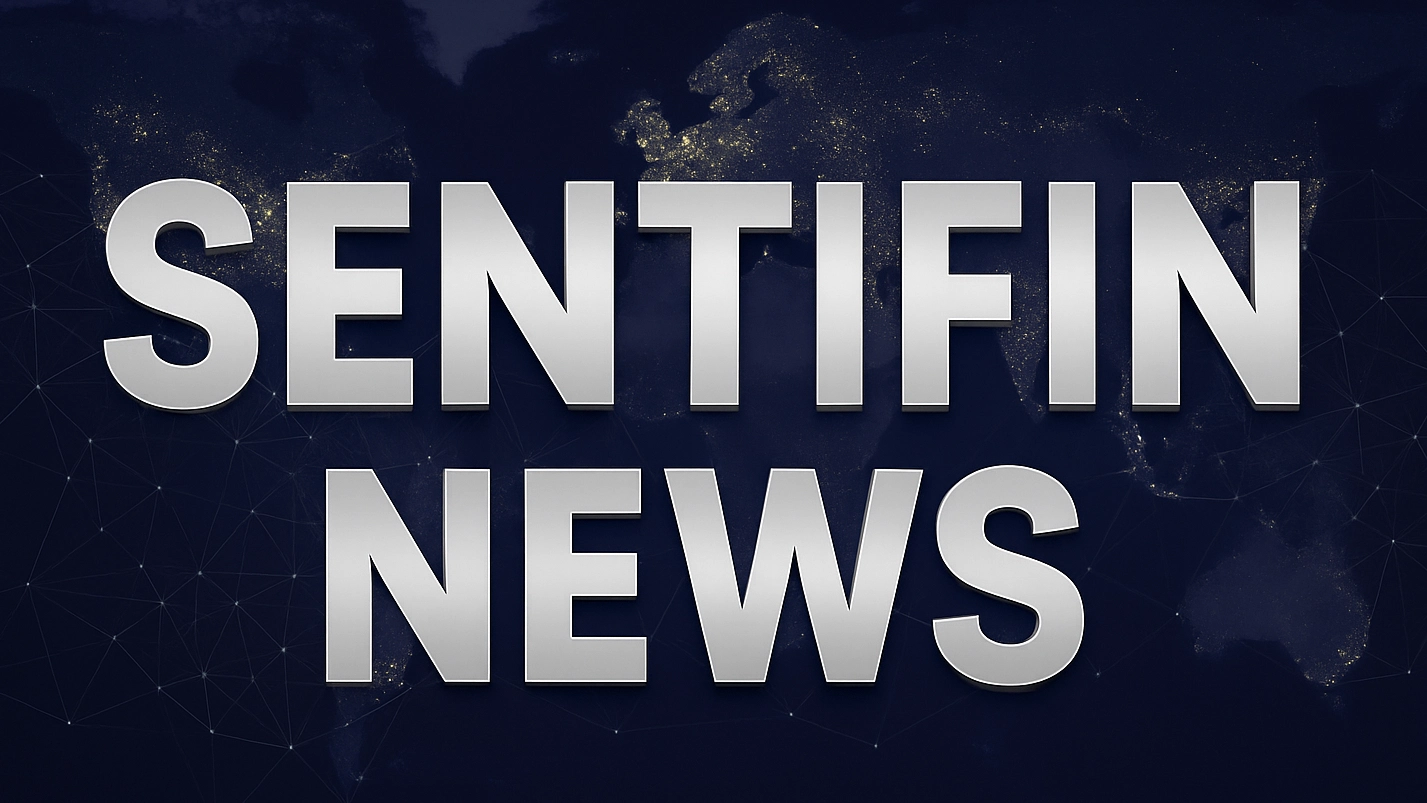Euro zone economy ekes out 0.2% growth after a helping hand from France

News Summary
The Euro zone economy expanded by 0.2% in the third quarter of 2025, slightly exceeding economists' expectations of 0.1% growth, according to flash data from Eurostat. This growth was primarily boosted by Spain, which reported a 0.6% expansion, and France, which registered 0.5% growth, significantly higher than the anticipated 0.2%, despite a backdrop of political instability. Conversely, Germany and Italy experienced stalled economies, acting as a drag on the overall growth rate for the bloc. This follows 0.1% growth in Q2 and 0.6% in Q1. The European Central Bank (ECB) is widely expected to keep its key deposit facility rate at 2%, having last cut rates in June 2025 when inflation hit its 2% target, though the rate of price rises has since risen to 2.2% in September. Analysts are divided on the ECB's future policy. Matthew Ryan, head of Market Strategy at Ebury, suggests the ECB's rate-cutting cycle is "over, at least for now," given firmer business activity and rising inflation. However, Natasha May, global market analyst at J.P. Morgan Asset Management, cautions against complacency, noting that despite upside growth surprises, disinflationary forces—such as moderating inflation expectations, a strong euro, and increased Chinese exports to the Euro zone—could lead to further ECB rate cuts next year.
Background
The third-quarter 2025 Euro zone economic growth data was released ahead of the European Central Bank's (ECB) upcoming monetary policy decision. The ECB had previously cut interest rates in June 2025 when the Euro zone's annual inflation rate reached its 2% target. However, inflation subsequently rose to 2.2% in September. This economic data highlights significant divergence among member states, with France and Spain showing robust growth while the Euro zone's two largest economies, Germany and Italy, stalled. This creates a complex scenario for the ECB in setting monetary policy, requiring a balance between supporting economic growth and controlling inflation.
In-Depth AI Insights
Why is the ECB maintaining a cautious stance amidst divergent growth and potential disinflationary pressures? The ECB's decision to hold its key deposit facility rate at 2%, even with stalled economies in some member states and predictions of future inflation undershooting its target, reflects deep-seated concerns about the inflation trajectory and a commitment to policy credibility. Despite some upward inflation figures, overall growth remains modest, and external disinflationary factors (e.g., increased Chinese exports, lower expected energy prices) are present. This suggests: - Inflation Anchor Priority: The ECB likely views the current 2.2% inflation rate (September) as still above its 2% target, necessitating sustained higher rates to firmly anchor inflation expectations and prevent market anxieties about a resurgence. - Avoiding Premature Pivot: Given historical lessons and the potential market reaction to an early policy loosening, the ECB may prefer to avoid any clear signals of rate cuts until it is absolutely certain that inflation is effectively contained. Inflation risk, even with slowing growth, is seen as the primary threat. - Policy Transmission Lags: Monetary policy transmission involves significant lags, and the ECB may be observing the full impact of previous tightening cycles on the economy before reacting impulsively to short-term data. What are the underlying geopolitical or strategic implications of France's unexpected growth relative to Germany and Italy? France's robust 0.5% growth amid